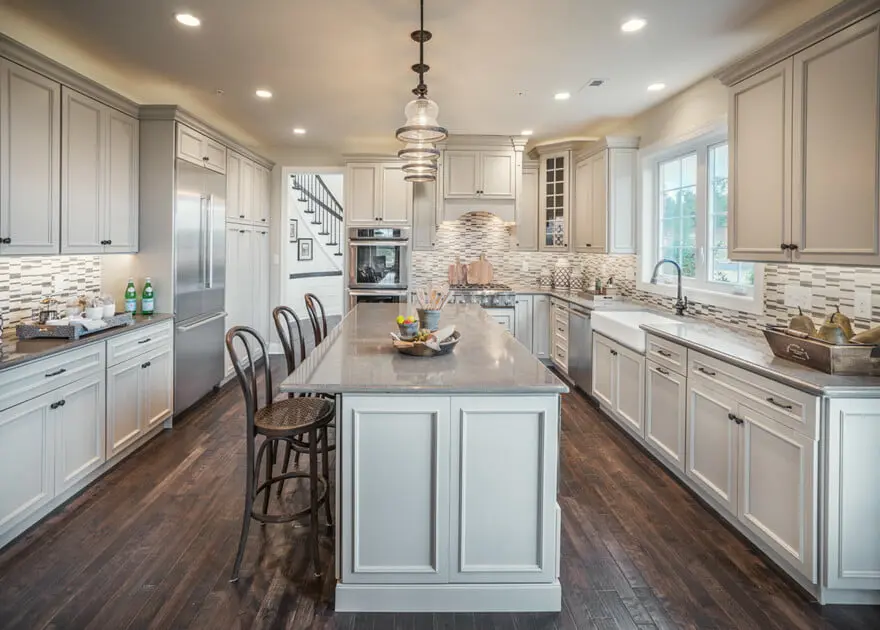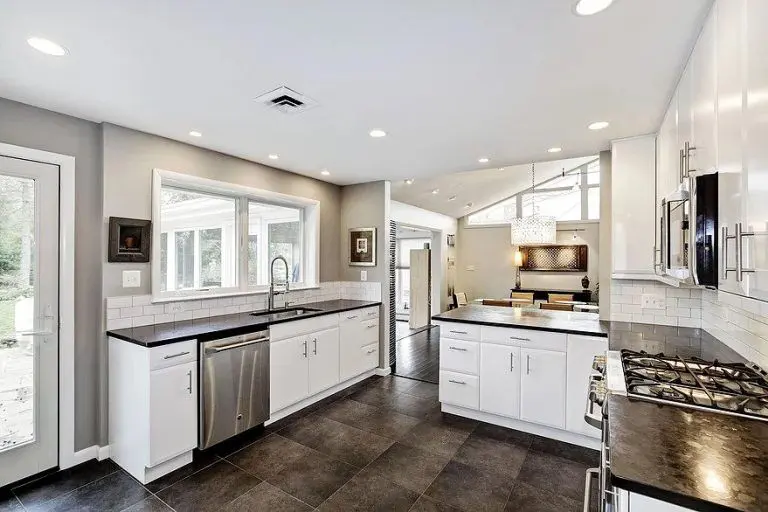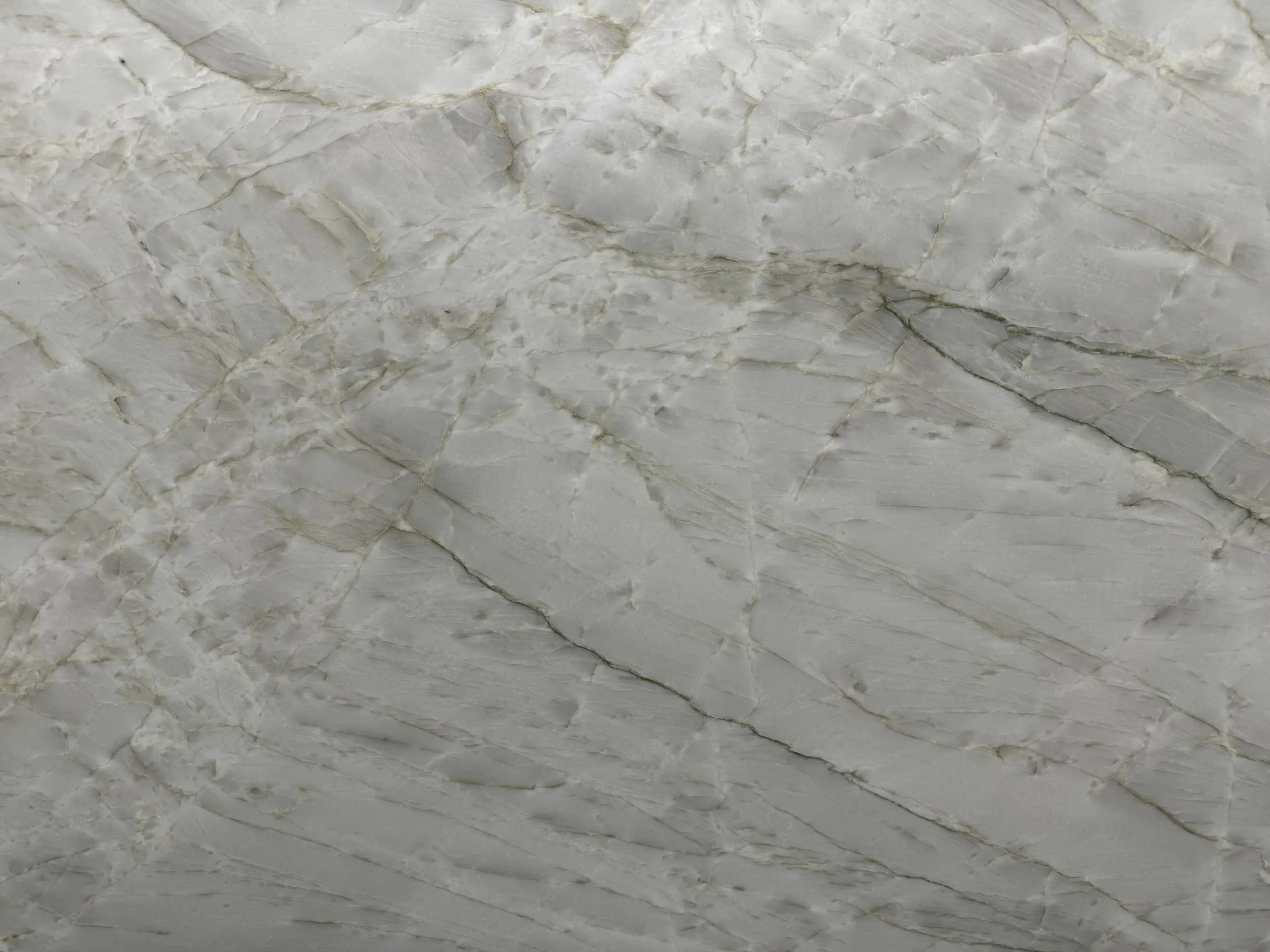Participating in trade shows is an essential thing for the design and architecture professional. This happens because there is a constant evolution, advancement and change for the techniques and professionals that explore this particular luxury market.
One of these changes is the arrival of industrialized materials, which has attracted the attention of several customers and even some curious people. Among them the limestones, the nanoglass and the famous Silestones.
But with their arrival is the question: how to really use Silestone in a project?
Thinking about this doubt and other curiosities that sometimes go unnoticed, Top Marble prepared this article that will solve all doubts about this material!
Silestone is a non-porous industrialized material. The best way to understand this material is that it is industrialized based on quartz and resin. Because of this he ends up having an absurd resistance to impacts, falls and time.
The resin is what really gives shape and appearance to the material. In other words, the resin is what makes the plates wrap.
Explaining in a very objective way, Silestone is composed of Quartz (around 93%) and a combination of resin and dyes (around 7%).
These are the raw materials used to create Cosentino’s 100% smooth surfaces!
One of the main benefits of Silestone is that it has a very wide range of colors, be it glaring colors like red and / or orange to more neutral colors, like gray or beige.
This color palette is only possible because of the 7% resin and dyes that are mixed during its manufacture.
Not to mention that Silestone still manages to have colors very similar to natural stones such as marbles.
In other words, the possibility of a very large variation of colors is one of the points that most appeal to this material, since several times the client asks for a completely white countertop, something that is impossible for naturals.
Unlike other industrialized materials, Silestone has finishes that make it even more special. They can be called polished, suede and Vulcanized.
They can be seen below:

The polished finish is the most traditional. It receives a special polish that makes its surfaces brighter. This process makes the material clearer and ends up giving extra protection to the material.
Now if you want a material that is even more discreet, the Suede finish is the one that most matches your project. In this finish the material goes through processes that make its surface more matte, even getting a little opaque at times. It is the perfect tool when the goal is a more discreet and neutral bench.
And if the goal is to dare, the vulcanized finish leaves the surface full of holes, making the material porous and textured. This is a finish more used in very specific projects that requires a longer waiting time for the material.
Like other materials, Silestone has different uses in internal and / or external areas.
As this material is 100% smooth, it can be used with ease to create washbasins and kitchen counters, not to mention that it has particles that destroys bacteria and inhibits its multiplication and development.
This material can also be used to coat the floor in areas of medium and low circulation of passers-by.
That is, with the exception of external areas that are in direct contact with the sun, this material can cover basically everything.
Silestone has a weak point that haunts almost all materials that have resin, heat and sun!
When placed in a place that is exposed to the sun, the plates may end up yellowish or have their colors distorted in an almost imperceptible way, but that with time, they may end up clashing with the rest of the decoration (if it is a completely planned environment).
Another villain in the life of this material is heat. When exposed to high temperatures, Silestone can become cracked or deformed over time. That is, always use heat sinks on its surface and avoid hot pots, as it will end up deforming and causing damage.

In general, Silestone is a material that has great benefits and ends up being an excellent material for your projects and environments.
Another very important point of this material is the Cosentino guarantee. The manufacturer guarantees up to 25 years of warranty for all its products if the marble maker and the customer follow some installation processes provided by it. That is, always look for a company accredited by Cosentino, this avoids headaches and possible frustrations.
Well, knowing the material is very important, both for the professional and for the client. But seeing the material and playing it is fundamental when choosing.
he quartzite countertop is stronger than acrylic, so cracks and chips appear on it much less often. However, unpleasant scratches can also be avoided on the acrylic surface by sanding: the chips are filled with a special solution and sanded over again. However, only a specialist should be involved in such work. In general, caring for an artificial stone does not require any additional hassle and effort from the owner.
Here at Top Marble we have a complete showroom, full of Silestone and showcases where you can see up close and touch these materials!
Click for our other shop in King of Prussia

